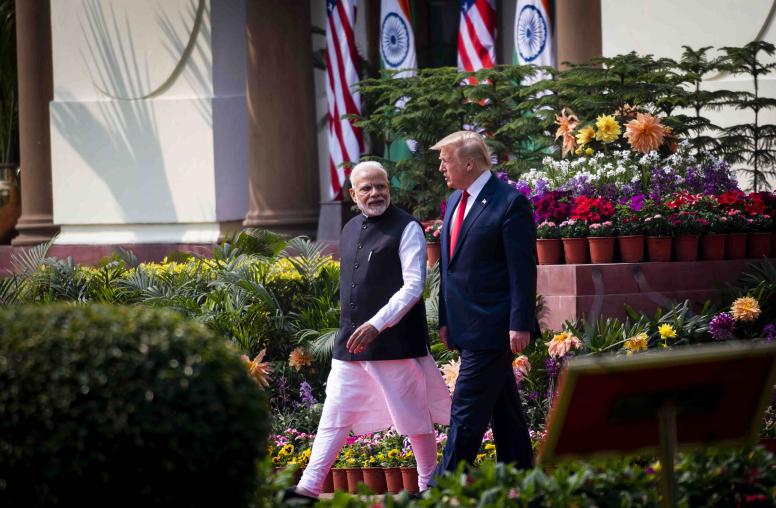Lethal Ethnic Riots: Lessons from India and Beyond

Briefly
- Because deadly ethnic riots are activities undertaken by crowds, understanding why these riots occur and how they unfold requires analysis of the dynamics of crowd behavior.
- Rioters display a mixture of lucid calculation and irrational passion in their behavior, carefully targeting their victims but finding emotional release in their killing.
- Ethnic riots are most likely to occur when four elements are present: ethnic antagonism, an emotional response to a precipitating event, a sense on the part of the rioters and the larger social group to which they belong that killing is justifiable, and the assessment by rioters that the risk of response from police is low. Policymakers can reduce the incidence of ethnic riots by increasing the risk of response from police.
- Sparks that lead to the outbreak of violence can come from events at the national, state, or local level, and can range from rumors of the killing of a sacred cow to destruction of a holy place broadcast to millions by radio or TV. Responses to those sparks may be as mild as increased ethnic tension or as virulent as deadly ethnic riots.
- In India, lethal ethnic riots have occurred primarily in 4 of India's 28 states, and primarily in urban, not rural settings. Eight cities in India alone account for a hugely disproportionate share of death—46 percent—resulting from communal riots.
- Indian communities in which there is little interaction among members of different ethnic groups are the most likely to engage in ethnic violence. Somewhat less vulnerable to ethnic violence are communities in which members of different ethnic groups interact together in the simple routines of neighborhood life. Communities least likely to suffer from ethnic violence are those in which civic associations—ranging from film clubs and trade unions to political parties—are present and provide the basis for sustained interaction across ethnic lines.
- Governments in areas where ethnic violence is a problem tend to act in politically strategic, not legally correct, ways. In India, community members are more able to control politicians seeking to gain political advantage from ethnic conflict in locations in which strong inter-ethnic civic associations are operating.
About the Report
Donald L. Horowitz of Duke University and Ashutosh Varshney of the University of Michigan made presentations at the U.S. Institute of Peace on October 31, 2002, based on their research about ethnic violence. In both cases, this research was funded by grants made by the Institute's Grant Program.
Professor Horowitz's research was published in his book The Deadly Ethnic Riot (University of California Press, 2001), which examines 150 episodes of ethnic violence in some 50 countries and also presents evidence from some 50 control cases—that is, locations where riots might have occurred but did not. Professor Varshney's research resulted in the book Ethnic Conflict and Civil Life: Hindus and Muslims in India(Yale University Press, 2002), and focuses on why ethnic violence occurs between Hindus and Muslims in some cities in India and not in others.
Judy Barsalou, director of the Institute's Grant Program, prepared this report.
The views expressed in this report do not necessarily reflect views of the United States Institute of Peace, which does not advocate specific policies.



